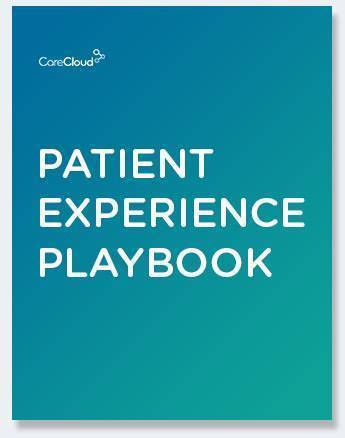If your practice is fortunate enough to be busy in this economy, you’re likely seeking cost-effective ways to enhance patient care and better accommodate your high patient load.
Bringing on another full-time physician might be the ideal solution, but perhaps that’s too expensive a proposition. If you’re like many other practice managers, you may be considering hiring a nonphysican provider (NPP).
Like any other HR decision, there are pros and cons associated with hiring an NPP, but many managers find that the additional support provided by a physician assistant (PA) or nurse practitioner (NP) helps a practice thrive.
The Medical Group Management Association found that over 60% of “better-performing practices” employ at least one nonphysican provider. Could adding an NPP help your practice perform better?
Pros:
Financial Benefits – The median annual wage for a physician assistant in 2008 was $81,230. For a nurse practitioner in 2009, it was $89,579. With full-time physician salaries hovering closer to $200,000 per year, those wages are a bargain.
Services rendered by an NPP should be reimbursed at the same level as those provided by a physician, and NPPs are certified to provide most services related to noncritical cases under minimal supervision.
Having one or more NPPs on staff to perform examinations and monitor therapies frees up your physicians to focus on more complex, higher-coded patient issues – which could increase your returns.
Ease of Access for Patients – Patients want convenient access to care when choosing a provider. The American Medical Association recommends offering same-day appointments, but your physicians may be unwilling or unable to leave schedule slots available for open-access visits.
If a patient suffering from cold symptoms can’t get an appointment at your office, she may head to a retail store “mini-clinic,” which is likely staffed by a nurse practitioner. Bringing an NP on to your team for open-access availability gets you that last-minute visit, earning you the patient cash that’s otherwise going to your local drugstore.
Improved Satisfaction – Findings show that most individuals are open to having an NPP involved in their care. In fact, some even prefer it.
In one notable survey, University of Michigan researchers found that patients reported being more satisfied with the care they received from nurse practitioners than from doctors. NPs earned higher marks for the amount of time they spent with patients and were more commonly reported as “always” being good listeners.
Cons:
Defining Roles – Every medical office has different expectations for their NPPs. You might want a PA to help your nurses with patient calls or paperwork, but the PA you hire may assume he’ll only be working directly with patients.
If you decide to hire NPPs, provide comprehensive training and ample learning time. Communicate your expectations up front and make sure they’re taught to perform every task you want them involved in.
Supervision – NPPs are, of course, not physicians, so they cannot function as absolute replacements for doctors. While nurse practitioners typically have a high level of autonomy, much of the care administered by a physician assistant must be overseen by a physician. Complex cases are usually passed on to a doctor.
Before adding NPPs to your staff, assess whether your doctors have the time to take on supervisory roles with the new clinicians. Keep in mind that, over time, NPPs and physicians often develop more collaborative relationships.
Stigma – When certain patients hear “physician assistant,” what they perceive is “not a doctor.”
Some patients are so accustomed to dealing directly with physicians that they won’t want to be seen by nonphysician providers, even for noncritical symptoms.
If you’re the sole provider in your practice or serve a small patient population, keep in mind that your patients may not like losing access to you and could be less accepting of an NPP.
Here to Stay
Those picky patients, however, had better get used to NPPs. Estimates from the Bureau of Labor Statistics project that employment of physician assistants will grow much faster than the average expected growth for all occupations, increasing 39% by 2018.
Since 52% of physicians recently reported using nonphysician providers, it’s clear that they already play a big role in the modern medical practice.
Do you have NPPs on staff? How have they changed your practice?

Download the Patient Experience Playbook


